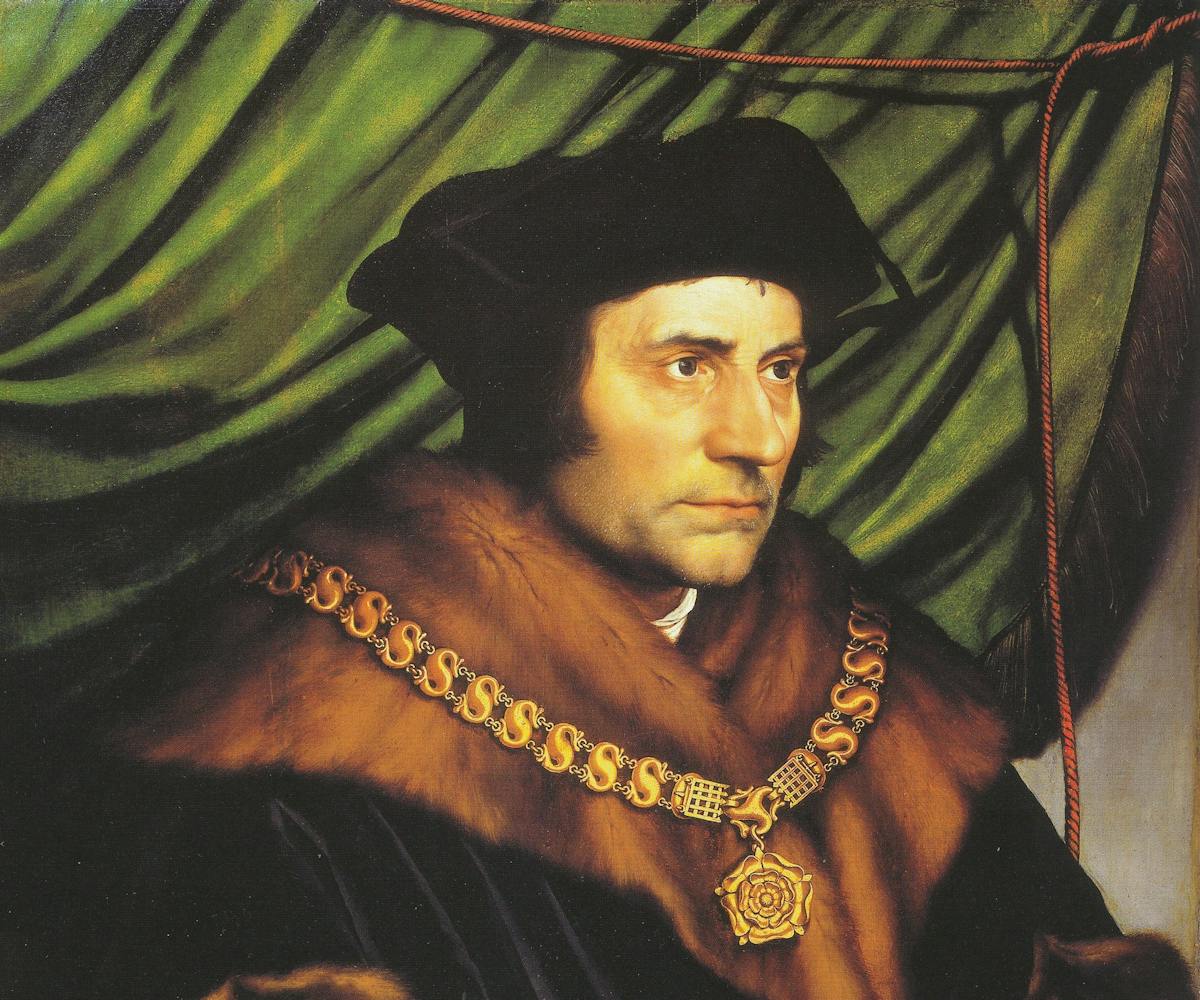Holbein at the Morgan: History Caught on Canvas
In his blend of late gothic and early humanism, religious subjects and secular biography, Holbein caught history on his canvases.

Hans Holbein the Younger knew his way around a palace, which makes it only natural that he will be in residence this spring at one of the houses John Pierpont Morgan built. Opening Friday and running through May 25 at the Morgan Library, and co-produced with the J. Paul Getty Museum at Los Angeles, “Capturing Character” is Holbein’s first major exhibition in America.
The spectacular show at the Morgan brings together 31 paintings and drawings by Holbein along with works by other artists from Holbein’s world. All told, it draws on the collection of more than 20 lenders to introduce New Yorkers to one of the greatest artists of the 17th century. One preparatory drawing comes courtesy of Elizabeth II.
In his blend of late Gothic and early humanism, religious subjects and secular biography, Holbein caught history on his canvases. At a moment when “Six,” about Henry VIII’s wives, draws big crowds on Broadway, Holbein remains the indispensable witness to what might be the most consequential reign in Britain’s history.
Holbein was born at Augsburg in 1497 or 1498, and died in 1543 at London. Today, we would call him ‘Jr.’ His father of the same name was also an accomplished painter. Holbein the Younger reached his zenith as court painter to Henry VIII, and worked for some of the most famous figures of Tudor England.
The Morgan aims to recreate Holbein in the round, an appropriate endeavor for one of history’s most accomplished portraitists. His brush captured some of the makers of modern Europe — the humanist Erasmus of Rotterdam, Thomas More, and, of course Henry himself, of whom Holbein’s rendering, in the Palazzo Barberini in Rome, is an indelible portrait of raw power.
Also on view are far less famous figures that nevertheless are painted with lovely specificity, among them “A Lady with a Squirrel and a Starling.” Scholars think they have decoded the person behind the portrait, but that will be far less important to the visitors than the feeling that the former, cradling a squirrel, is just about to turn to you with a look the viewer isn’t able to easily drop.
One of the show’s most extraordinary pieces is a loan from the Frick Collection, “Sir Thomas More.” The author of “Utopia” was an inflexible statesman whose refusal to support Henry’s pursuit of a divorce from Catherine of Aragon or take the king’s side in his struggle with the Pope set the stage for his own martyrdom and eventual elevation to sainthood by the Catholic Church.
More is a familiar albeit divisive subject for artists. The play and subsequent film “A Man for All Seasons” gives us a paragon of principle, and the more recent Booker-winning novel “Wolf Hall” depicts a stubborn fanatic as eager for his own demise as he was to persecute others.
In an inspired choice, the Frick, which in museum musical chairs is currently in the old Met Breuer and Whitney until its own home gets renovated, places More opposite his archenemy, Thomas Cromwell, the man who got Henry the divorce he craved and was given More’s position as Lord Chancellor in return. Holbein painted both, savvy satellites orbiting around Henry’s unstable sun.
They have both made the commute to this show. More is on the verge of acceding to high office. He’s draped in furs and silks, layers testifying to his power. The stubble on his face is witness to a man perhaps too preoccupied by concerns of Caesar or Christ to concern himself with a smooth face. His gold chain is a mark of Henry’s favor and also suggests the glittering danger of serving so close to the throne.
The image of Cromwell is from five years later, and while the man Holbein paints is a powerful one, he does not seem happy. He looks off to the side, as if to catch threats before they materialize. His face is pursed with worry, and he recedes into the background, as if he’d rather be pulling strings behind a curtain.
The director of the Morgan calls Holbein “one of the most engaging artists of the European Renaissance.” This is so because Holbein’s skill makes long-dead people seem vividly alive today. At a time when art too often seems determined to erase its own history, “Capturing Character” reminds that the Old Masters have not had their last word.
________
Mr. Hoffman is a reporter and assistant editor of the Sun.

